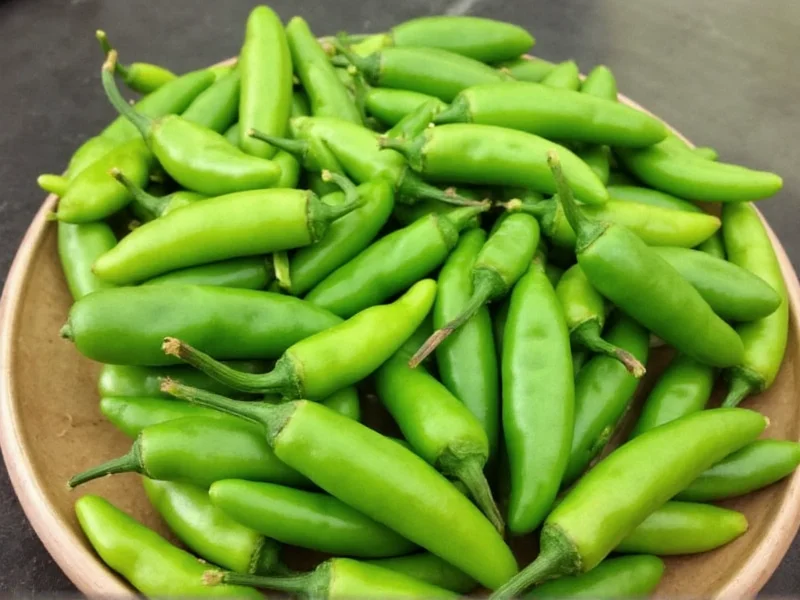Understanding exactly how many Scoville units is a jalapeño requires examining both the scientific measurement and practical culinary implications. The Scoville scale, developed by pharmacist Wilbur Scoville in 1912, measures capsaicin concentration—the compound responsible for chili pepper heat. While bell peppers register 0 SHU and ghost peppers can exceed 1,000,000 SHU, jalapeños occupy a manageable middle ground that explains their global popularity in cuisines.
The Science Behind Jalapeño Heat Measurement
Modern laboratories now use high-performance liquid chromatography (HPLC) to precisely measure capsaicinoids rather than the original subjective taste-test method Scoville developed. This scientific advancement provides more accurate jalapeño pepper heat level range data. The 2,500-8,000 SHU range represents considerable variation, which explains why some jalapeños taste mild while others deliver noticeable heat.
Factors Influencing Jalapeño Scoville Ratings
Several elements affect where a specific jalapeño falls within its heat range:
- Stress conditions: Peppers grown with less water or in nutrient-deficient soil often develop higher capsaicin levels
- Ripeness: Red jalapeños (fully ripe) typically measure hotter than green ones
- Seed placement: The placenta surrounding seeds contains the highest capsaicin concentration
- Genetic variation: Different jalapeño cultivars naturally produce varying heat levels
- Geographic origin: Soil composition and climate affect final heat measurement
Comparative Heat Levels Across Common Peppers
| Pepper Variety | Scoville Heat Units (SHU) | Heat Comparison to Jalapeño |
|---|---|---|
| Bell Pepper | 0 SHU | 0-0.3x milder |
| Poblano | 1,000-2,000 SHU | 1.25-4x milder |
| Jalapeño | 2,500-8,000 SHU | Baseline |
| Serrano | 10,000-23,000 SHU | 1.25-9x hotter |
| Habanero | 100,000-350,000 SHU | 12.5-140x hotter |
Practical Implications for Home Cooking
Knowing the exact Scoville units of a jalapeño helps cooks manage heat levels effectively. When preparing recipes calling for jalapeños, consider these practical tips:
- Remove seeds and white membranes to reduce heat by up to 80%
- Wear gloves when handling particularly hot specimens
- Soak sliced jalapeños in vinegar or salt water to mellow heat
- Pair with dairy products like yogurt or sour cream to counteract capsaicin
- Start with half a pepper when uncertain about its heat level
Common Misconceptions About Jalapeño Heat
Several myths persist about how hot are jalapeños compared to other peppers. Contrary to popular belief, smaller jalapeños aren't necessarily hotter than larger ones. The heat depends more on growing conditions than size. Additionally, the presence of stretch marks (corking) on the pepper's skin indicates stress during growth, which often correlates with higher heat levels, not lower quality.
Measuring Your Own Jalapeños at Home
While professional Scoville measurement requires laboratory equipment, home cooks can conduct informal heat comparisons:
- Prepare identical dishes with different jalapeños
- Have multiple tasters rate heat levels on a 1-10 scale
- Compare results to establish relative heat rankings
- Use this information to select appropriate peppers for future recipes
Understanding Heat Variability in Commercial Products
When purchasing jalapeño products like canned peppers or hot sauces, check for heat indicators. Reputable manufacturers often specify whether their products use mild, medium, or hot jalapeños. Commercial processing can also affect perceived heat, as vinegar and other ingredients may enhance or diminish capsaicin's impact on taste receptors.











 浙公网安备
33010002000092号
浙公网安备
33010002000092号 浙B2-20120091-4
浙B2-20120091-4